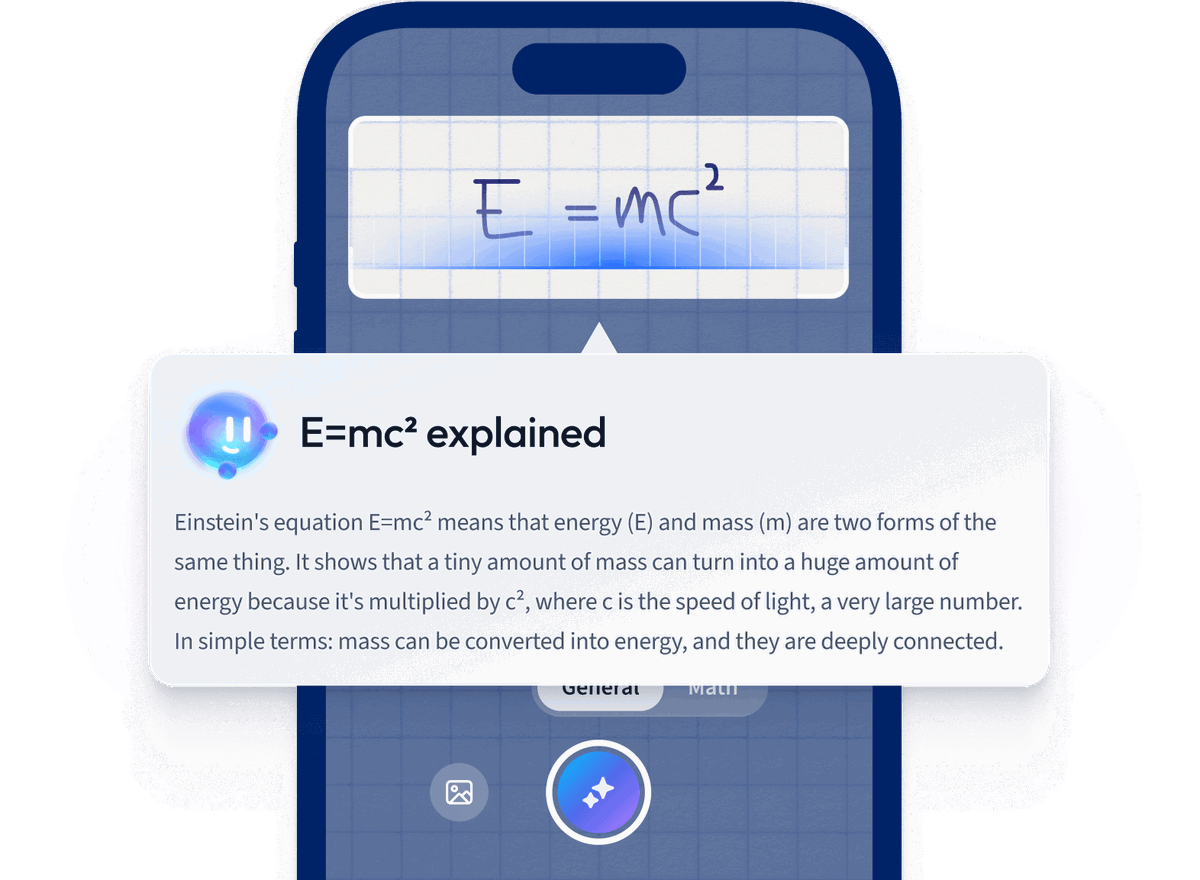What are the advantages of using serverless computing over traditional server-based architectures?
Serverless computing offers several advantages over traditional server-based architectures, including reduced operational costs, automatic scaling, and enhanced developer productivity due to decreased infrastructure management. It allows developers to focus on code and application logic, while the cloud provider handles server maintenance, provisioning, and scaling.
What are the potential challenges or drawbacks of adopting serverless computing?
Potential challenges of adopting serverless computing include vendor lock-in, limited control over the underlying infrastructure, cold start latency issues, and complexities in debugging and monitoring. Additionally, pricing can become unpredictable with scaling usage, potentially leading to higher costs.
How does serverless computing impact application performance and scalability?
Serverless computing enhances application performance by automatically scaling resources based on demand, ensuring that applications can handle varying workloads efficiently. It reduces latency due to its event-driven nature, allowing functions to execute quickly. Additionally, developers can focus on coding rather than infrastructure management, improving overall development speed.
What are the main providers of serverless computing services?
The main providers of serverless computing services include Amazon Web Services (AWS) with Lambda, Google Cloud Platform with Cloud Functions, Microsoft Azure with Azure Functions, and IBM Cloud with Cloud Functions. These platforms enable developers to build and run applications without managing servers.
What programming languages are commonly supported in serverless computing environments?
Commonly supported programming languages in serverless computing environments include JavaScript (Node.js), Python, Java, Go, Ruby, and C#. These languages are favored for their ease of use, rapid development capabilities, and strong community support.










